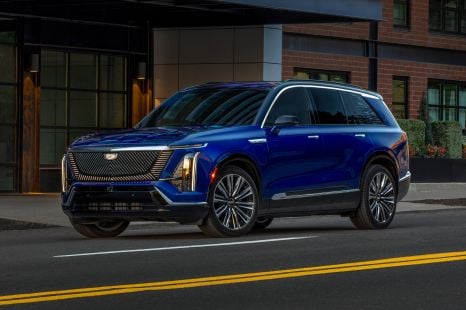

William Stopford
3 Days Ago

Marketplace Journalist
Skoda has a relatively short history in Australia of less than 20 years, but overseas it’s one of Europe’s longest-lasting manufacturers.
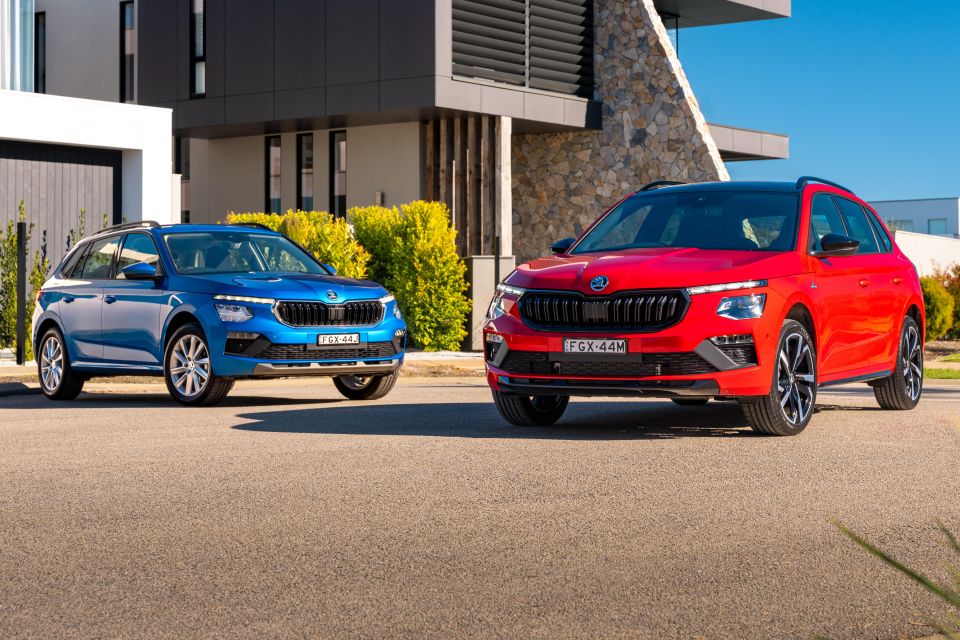
It offers a range of small cars, sedans, wagons, and SUVs, most of which are set to receive updates big and small within the coming year.
Given the brand is part of the Volkswagen Group, you also get tech and equipment that aligns Skoda’s models with tried and tested cars like the Golf and the Tiguan, while still maintaining a competitive price.
If you’re considering a new European car and aren’t afraid to go for something less mainstream, here’s everything you need to know about the Skoda brand and how it got to where it is today.
Interested in a Skoda? CarExpert’s specialists can help you find a deal.
MORE: Everything Skoda
Skoda was established in 1925 and is headquartered in Mladá Boleslav, Czech Republic. In 2023, the company recorded 866,820 unit deliveries worldwide, though Germany remained its largest market with 157,837 deliveries.

Skoda is one of the 10 European brands within the Volkswagen Group umbrella, which delivered a total 9,239,512 global units last year. That makes Skoda the third highest-selling brand within the group, trailing only Volkswagen Passenger Cars and the Audi Brand Group Progressive, which itself encompasses Audi, Bentley, Lamborghini, and Ducati.
The Skoda name can be traced to 1859, when Czech engineer Emil von Škoda founded the Skoda Works company in the former Austrian Empire. That company became one of the largest European industrial conglomerates throughout the 1900s.
In a separate development in 1896, a bicycle repair shop (and later manufacturer) was founded in the Czech Republic by Václav Laurin and Václav Klement called Laurin and Klement. It was manufacturing automobiles by 1905, making it the second-oldest Czech manufacturer after Tatra.
After the First World War, Laurin and Klement began producing trucks but soon ran into problems including a factory fire, after which the company began looking for a new partner.
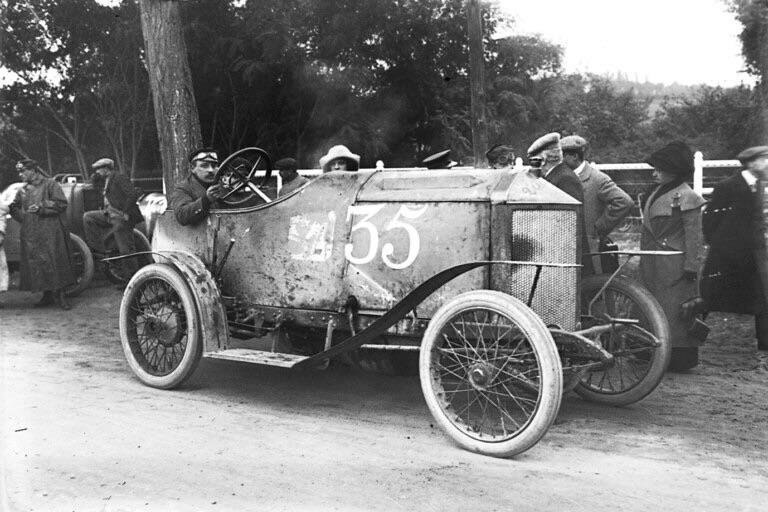
The Skoda Works company after the war became the largest industrial manufacturer in Czechoslovakia, though despite its establishment as an arms manufacturer wanted to enlarge its operations in other non-arms industries.
As a result, the struggling Laurin and Klement company was acquired by Skoda Works in 1925. Most of its later production took place under the Skoda name, and the company began using an assembly line for production from 1930.
In the same year, car manufacturing was moved to a new formal spin-off company, though that company remained a wholly-owned subsidiary of Skoda Works and continued to sell cars under the Skoda name.
While Skoda Works continued to operate its car factory in Mladá Boleslav, the new manufacturing company housed the brand’s vehicle representation, sales offices, and a central workshop in Prague.
As a fun fact, the word Skoda translates from Czech as “Too bad!”; like a statement of pity.
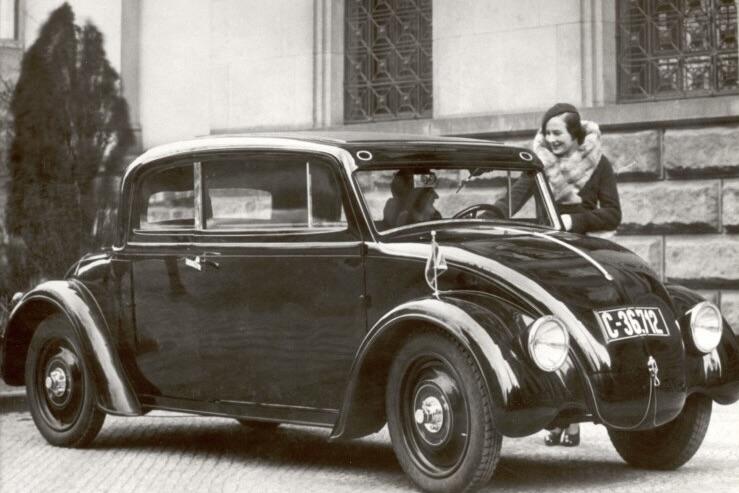
One of the company’s first vehicles was the Skoda 422 of 1929, followed by the Skoda 932 prototype in 1932. The latter was a streamlined four-seater, two-door car with a rear air-cooled flat-four engine, which closer resembled the small cars to come.
During the Second World War, Skoda Works became part of the German war effort producing military vehicles, planes, and other weapons. Following the war and a rebuild of its head factory in the Czech Republic, it retained a good reputation despite unfavourable political conditions in the country.
The first of its most recognisable nameplates was introduced in 1959, though not in the same form as we know today. That was the Octavia, which in its first iteration was produced until 1971 alongside other models like the Spartak and Felicia.
As the Cold War progressed, it became harder for Skoda to sell cars in markets like the United States, especially as it was still producing cars dating back to the 1960s. As a result, most of the company’s efforts were shifted to aim primarily at the western European market.
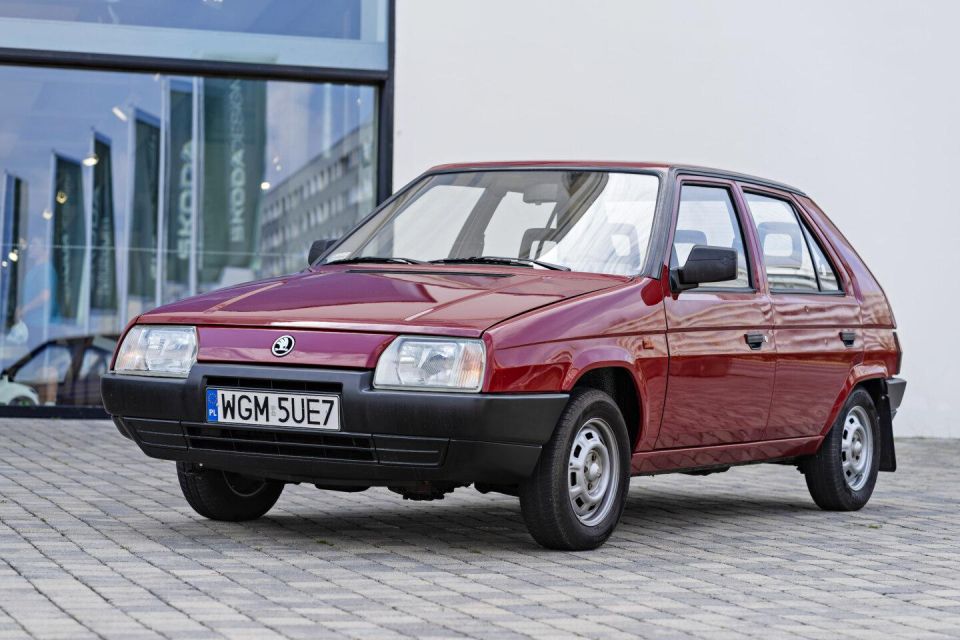
Still with mostly outdated cars (besides the front-wheel drive Favorit of 1987), a state-issued tender for privatisation of the Skoda brand went out in 1990. After a lengthy decision-making process with Renault and Volkswagen on the shortlist, the latter was chosen by the Czech government.
A joint venture began in 1991 with the Volkswagen Group owning 30 per cent of Skoda, which increased to a 70 per cent majority by the end of 1995. In 2000, Volkswagen bought the remaining 30 per cent to make Skoda a wholly owned subsidiary.
The 2000s and 2010s were significant growth periods for Skoda, as it boosted its production and spread operations to more than 100 countries – including Australia in 2007.
Skoda now operates factories in the Czech Republic, Slovakia, Russia, India, and China, while also being active in the lower levels of the World Rally Championship.
Interested in a Skoda? CarExpert’s specialists can help you find a deal.
MORE: Everything Skoda
In Australia, Skoda is primarily competing with the likes Volkswagen, Volvo, Toyota, Hyundai, and Kia.
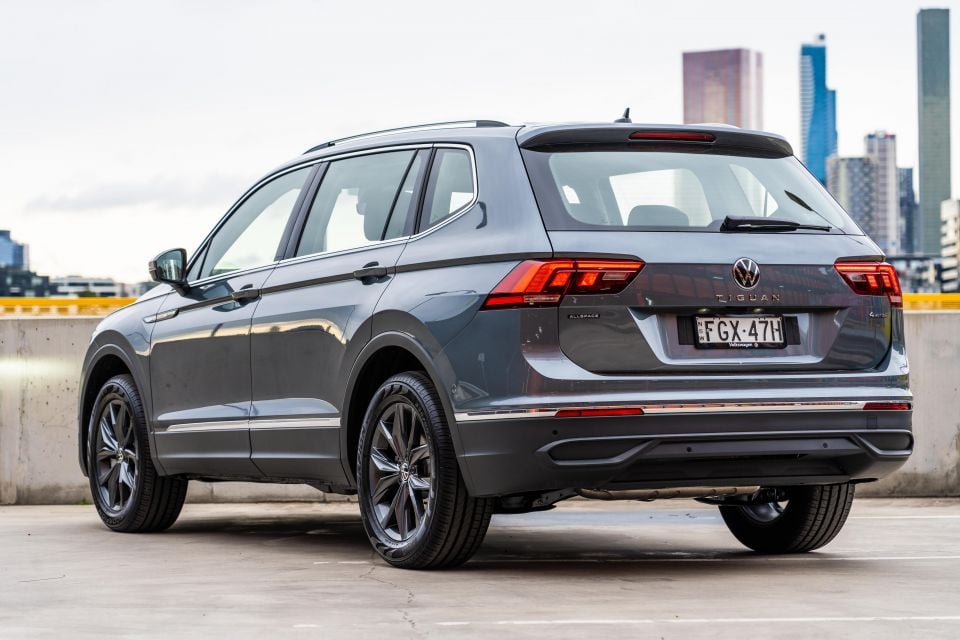
Volkswagen is a key competitor given its relationship with Skoda, which means cars from both brands share many of the same parts and mechanics under the skin.
Though Volkswagen has a wider range of choices in Australia, key models like the Golf, Tiguan, and Tiguan Allspace compete closely with cars like the Scala, Karoq, and Kodiaq.
Volkswagen sold a total around 15,000 of those three models alone in 2023, while Skoda sold 7999 total cars in the same time.
Outside of European competitors, Skoda competes with Toyota in the Australian market. As the local best-selling manufacturer with a broad model range, many Toyota models like the Camry and RAV4 are tough competition for Skoda’s sedans and SUVs.

In the context of spacious medium and large SUVs, Hyundai’s current and future model range brings tough competition for Skoda.
Hyundai delivered 75,183 units in 2023, well clear of Skoda’s total. Its most popular model, the Tucson, sold in 21,224 examples compared to the best-matched Skoda Karoq’s record of 1405 in the same time.
Interested in a Skoda? CarExpert’s specialists can help you find a deal.
MORE: Everything Skoda
Skoda currently sells seven models in Australia, ranging from small hatches to large SUVs.
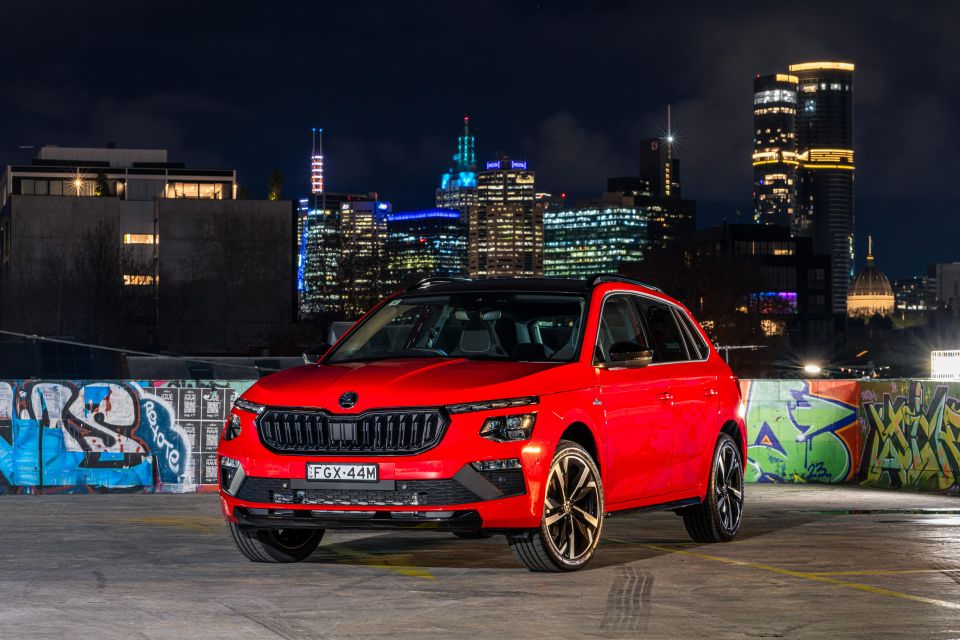
Skoda’s Australian line-up is as follows:
| Model | Segment | Price range | 2023 sales |
|---|---|---|---|
| Skoda Fabia | Light | $31,990-$39,990 | 433 |
| Skoda Scala | Small | $33,990-$42,490 | 948 |
| Skoda Octavia | Medium | $42,490-$58,490 | 1395 |
| Skoda Superb | Large | $69,990-$71,990 | 278 |
| Skoda Kamiq | Small SUV | $33,990-$44,990 | 1985 |
| Skoda Karoq | Medium SUV | $39,990-$52,490 | 1405 |
| Skoda Kodiaq | Large SUV | $56,490-$76,890 | 1555 |
All prices are drive-away. Click on the car’s name to be taken to its landing page on our site.
Skoda’s lineup is offered with a variety of engines, which includes a 1.0-litre three-cylinder, 1.4-litre four, 1.5-litre four, and 2.0-litre four.
They’re produced in various states of tune, which means entry-level models are offered with less powerful versions of the same engine, while performance cars like Skoda’s RS models get more punch from the same displacement.
Interested in a Skoda? CarExpert’s specialists can help you find a deal.
MORE: Everything Skoda
Skoda recorded 7999 deliveries in 2023, placing it among the lower-selling Volkswagen Group brands in Australia.
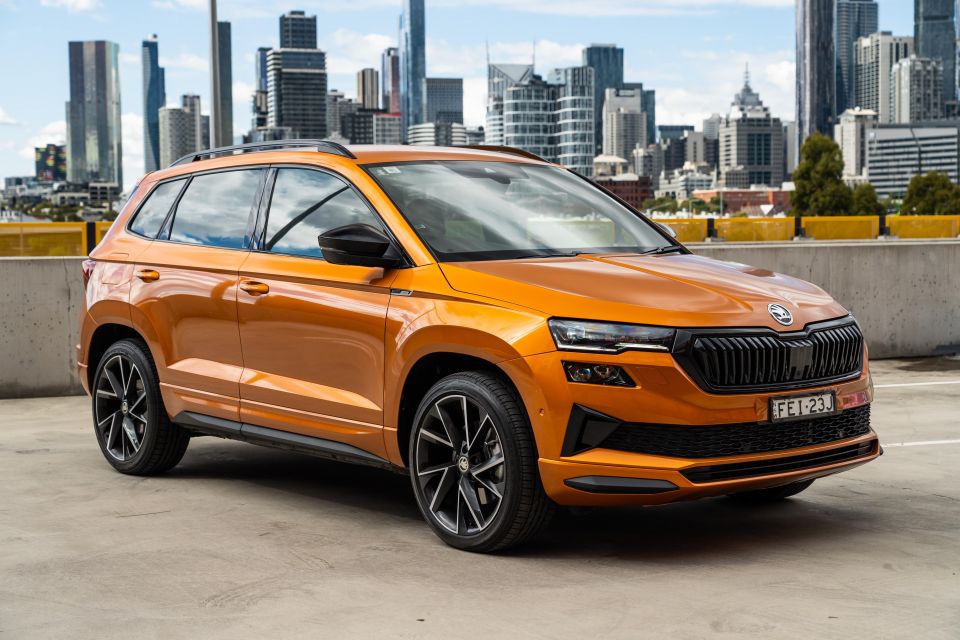
Its best-selling stablemate was Volkswagen, which recorded 43,821 deliveries last year. It was also outsold by Audi with 19,039 deliveries.
Of the non-luxury Volkswagen brands, Skoda ranked higher than only Cupra on 3765 deliveries. The remaining brands are Lamborghini, Bentley, and Porsche, which delivered 241, 229, and 6052 units respectively.
The Kamiq was Skoda’s best-selling model on 1985, followed by the Kodiaq (1555), Karoq (1405), and Octavia (1395). Its lowest-selling model was the Superb on 278, though it was recently confirmed its newest generation would be sold in Australia next year.

Against the likes of its rivals, Skoda is behind Volkswagen, Volvo, Toyota, and Hyundai by some margin.
With 215,240 deliveries in 2023, Toyota remains Australia’s best-selling marque. Hyundai also posted strong figures, selling 75,183 units last year.
Skoda has delivered 3408 Australian vehicles to the end of July 2024, with the Kamiq still its best-selling model at 837 deliveries. Its total sales figure is down 25.3 per cent on the same time last year.
For context, Volkswagen has sold 21,407 units to the end of July 2024, which is a 10.6 decrease on the first half of 2023.

At the start of 2023, Skoda outlined a sales target of 12,000 units for the year. Halfway through the year, Skoda Australia managing director Michael Irmer wound back that goal, citing a loss of volume and changing consumer behaviours.
The revised goal was 9185 – Skoda’s 2021 benchmark – but it fell short. Part of the issue was put down to supply chain shortages from 2022 and into 2023, including a lack of semi-conductor chips.
Skoda remains a strong seller in Europe, particularly Germany and the Czech Republic, and is on the verge of several updates to its local model range.
Interested in a Skoda? CarExpert’s specialists can help you find a deal.
MORE: Everything Skoda
Skoda recently outlined its plans for a series of reveals, updates, and additions, all of which are currently expected to take place within the next year.
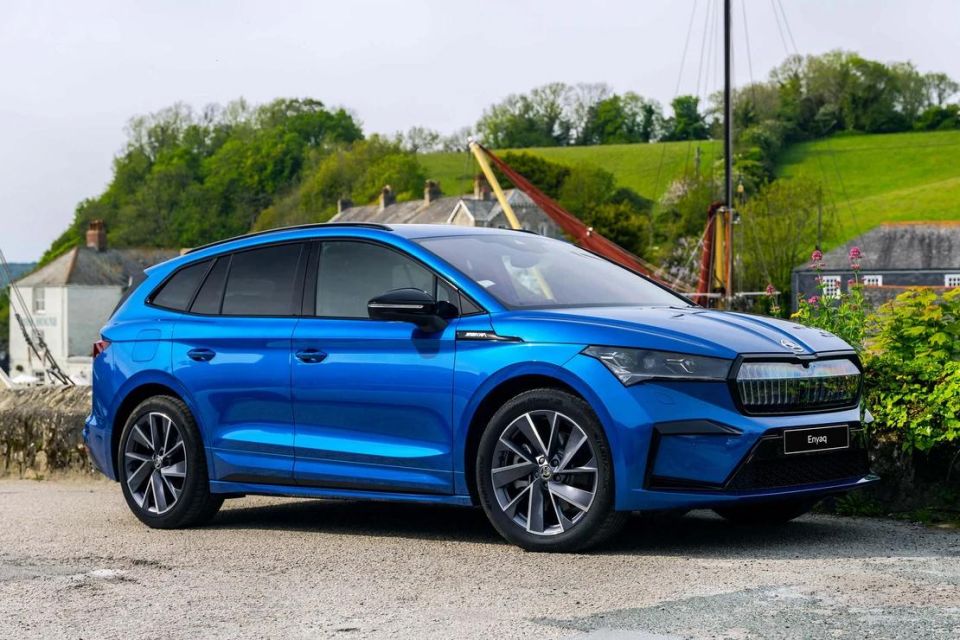
Already revealed this year were the facelifted Kamiq and entry-level Fabia Select, while a facelift for the Scala small hatch is due in September.
In November this year the facelifted Octavia will break cover, followed by the arrival of the all-electric Enyaq SUV in December.
Kicking off 2025 will be the arrival of the next-generation Kodiaq, followed by a performance RS version of the facelifted Octavia.
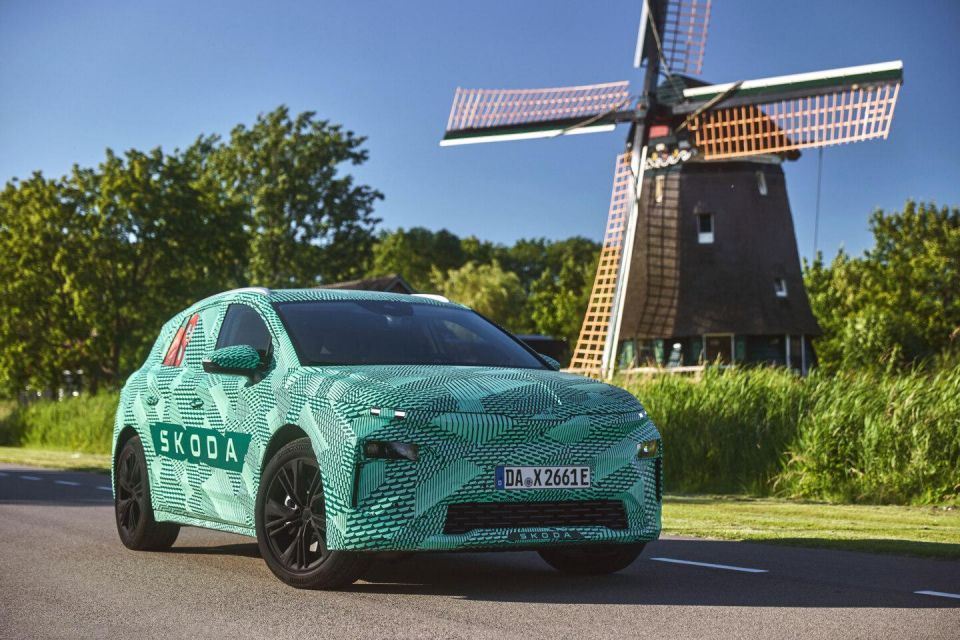
May will bring the reveal of the next-generation Superb, followed by the reveal of the new electric Elroq in July. In the same month, the new-generation Kodiaq RS will also arrive.
It’s not yet known what platform will underpin the Elroq, but expect it to offer smaller batteries than the larger Enyaq, which uses lithium-ion packs ranging from 52kWh to 77kWh.
The Elroq is expected to replace the Karoq when it arrives, though there are a selection of other electric Skoda vehicles on the way as part of Skoda’s previous plans to have six electric vehicles by 2026. Most of them were revealed as concepts, and they’ve been detailed here.
Interested in a Skoda? CarExpert’s specialists can help you find a deal.
MORE: Everything Skoda
Take advantage of Australia's BIGGEST new car website to find a great deal on a Skoda.
Max Davies is an automotive journalist based in Melbourne, Australia. Max studied journalism at La Trobe University and stepped into the automotive world after graduating in late 2023. He grew up in regional Victoria, and with a passion for everything motorsport is a fan of Fernando Alonso.


William Stopford
3 Days Ago
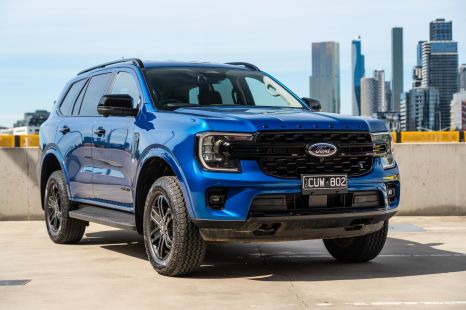

Josh Nevett
2 Days Ago
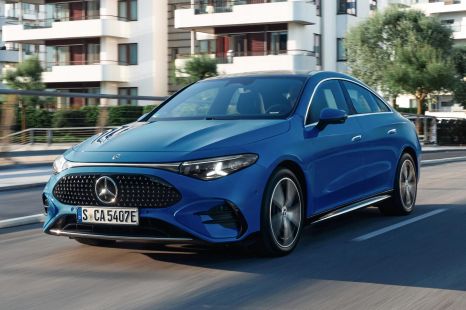

Neil Briscoe
22 Hours Ago
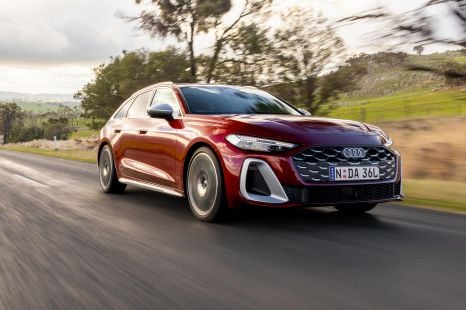

James Wong
21 Hours Ago
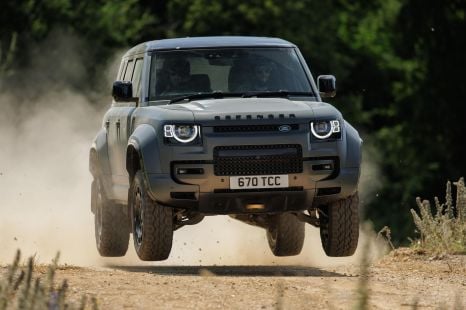

Alborz Fallah
19 Hours Ago
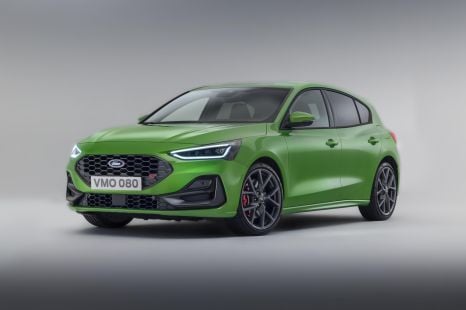

Damion Smy
18 Hours Ago